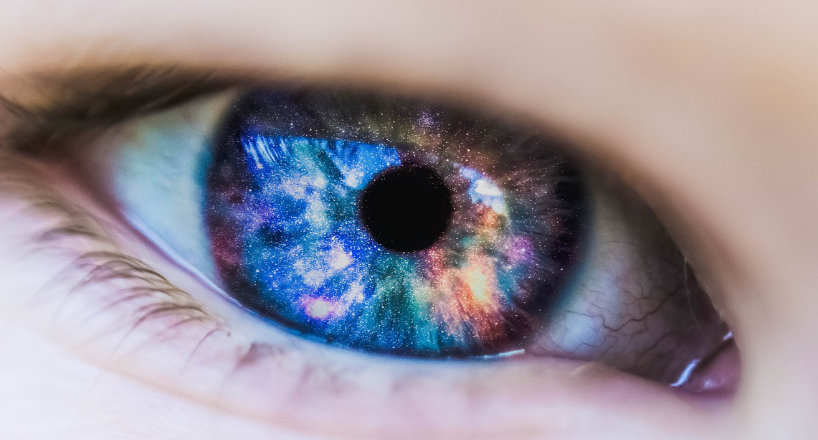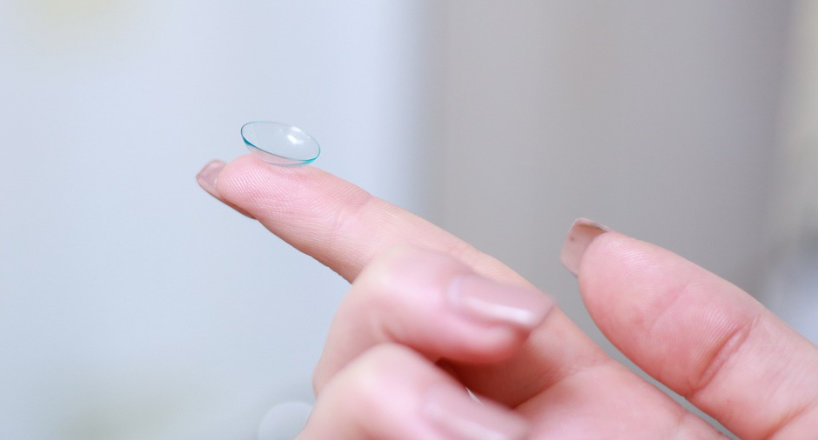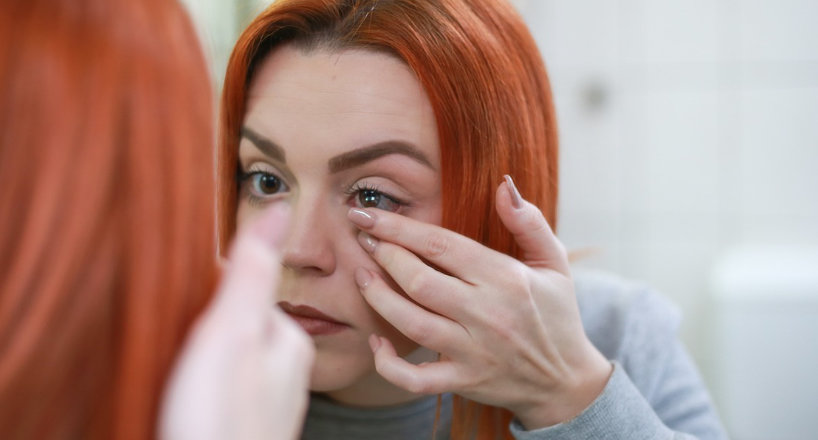Eye tests for contact lenses are similar to regular eye exams but with extra tests particularly developed for contact lens users. These examinations are done by an eye doctor or ophthalmologist, who will measure the curvature of the cornea and the size of the pupil, in addition, to examining the health of the cornea, eyelids, and tear film. These measurements are important for determining the appropriate fit and prescription for contact lenses.
Throughout the exam, the eye doctor will likewise check for any existing or possible issues that might impact the use of contact lenses, such as dry eyes, eye infections, or allergies. They will also educate the patient on proper contact lens care, hygiene, and replacement schedule.
In addition to the regular vision tests, the eye doctor will likewise perform a contact lens fitting, which will involve trying out various types and sizes of contact lenses to identify the very best fit for the client’s eyes.

The eye doctor will also teach the patient how to effectively insert, get rid of, and look after contact lenses.
It is necessary to note that regular follow-up eye tests are recommended for contact lens users to ensure the ongoing health of the eyes and to make any necessary modifications to the contact lens prescription.
The Importance of a Comprehensive Eye Exam
Whether you have vision problems, it is important to have your eyes inspected regularly to ensure they are healthy and that there are no indications of a developing eye condition. A thorough eye examination will examine the general health of your eyes along with the quality of your vision. Throughout this examination the eye doctor will determine your prescription for eyeglasses, however, this prescription alone is not enough for contact lenses. The doctor may also look for any eye health concerns that could interfere with the convenience and success of contact lens wear.

The Contact Lens Consultation
The contact lens market is always establishing new developments to make contacts more comfy, practical and accessible. For that reason, one of the preliminary actions in a contact lens consultation is to talk about with your eye doctor some lifestyle and health considerations that might affect the kind of contacts that suit you best.
Some of the options to think about are whether you would prefer daily disposables or monthly disposable lenses, along with soft versus stiff gas permeable (GP) lenses. If you have any specific eye conditions, such as astigmatism or dry eye syndrome, your optometrist might have particular suggestions for the best type or brand for your optimum convenience and vision needs.
Now is the time to tell your eye doctor if you wish to consider colored contact lenses as well. If you are over 40 and experience issues seeing fine print, for which you need bifocals to see close objects, your optometrist may advise multifocal lenses or a mix of multifocal and monovision lenses to correct your distinct vision needs.

Contact Lens Fitting
Corneal Curvature
In order to assure that the fitting curve of the lens properly fits the curve of your eye, your physician will determine the curvature of the cornea or front surface area of the eye. The curvature is measured with an instrument called a keratometer to figure out the proper curve for your contact lenses. If you have astigmatism, the curvature of your cornea is not completely round, and for that reason, a “toric” lens, which is created specifically for an eye with astigmatism, would be fit to provide the very best vision and lens fit. In certain cases, your optometrist may decide to determine your cornea in higher detail with a mapping of the corneal surface area called corneal topography.
Student or Iris Size
Your eye doctor may measure the size of your pupil or your iris (the colored area of your eye) with an instrument called a biomicroscope or slit lamp or by hand with a ruler or card.
This measurement is especially essential if you are considering specialized lenses such as Gas Permeable (GP) contacts.
Tear Film Evaluation
Among the most common issues impacting contact lens wear is dry eyes. If the lenses are not kept effectively hydrated and damp, they will end up being unpleasant and your eyes will feel dry, irritated, and scratchy. Especially if you have dry eye syndrome, your doctor will want to ensure that you have an adequate tear movie to keep the lenses moist and comfortable, otherwise, contact lenses may not be a suitable vision option.
A tear film examination is carried out by the physician by putting a drop of liquid dye on your eye and after that viewing your tears with a slit light or by placing a special strip of paper under the cover to soak up the tears to see how much moisture is produced.
If your tear movie is weak, your eye doctor may suggest particular types of contact lenses that are more successful in keeping moisture.
Contact Lens Trial and Prescription
After choosing which pair of lenses might work best with your eyes, the eye medical professional may have you try on a pair of lenses to validate the fit and convenience before completing and buying your lenses. The doctor or assistant would place the lenses and keep them in for 15-20 minutes before the physician examines the fit, movement, and tearing in your eye. If after the fitting, the lenses seem a great fit, your eye doctor will buy the lenses for you. Your eye doctor will also provide care and hygiene instructions consisting of how to place and eliminate your lenses, the length of time to use them, and how to keep them if relevant.
Follow-up
Your optometrist might request that you set up a follow-up consultation to examine that your contact lenses are fitting properly and that your eyes are changing correctly.
If you are experiencing pain or dryness in your eyes you must visit your eye doctor as quickly as possible. Your eye doctor might choose to attempt a different lens, a different contact lens decontaminating option, or to try a change in your wearing schedule.